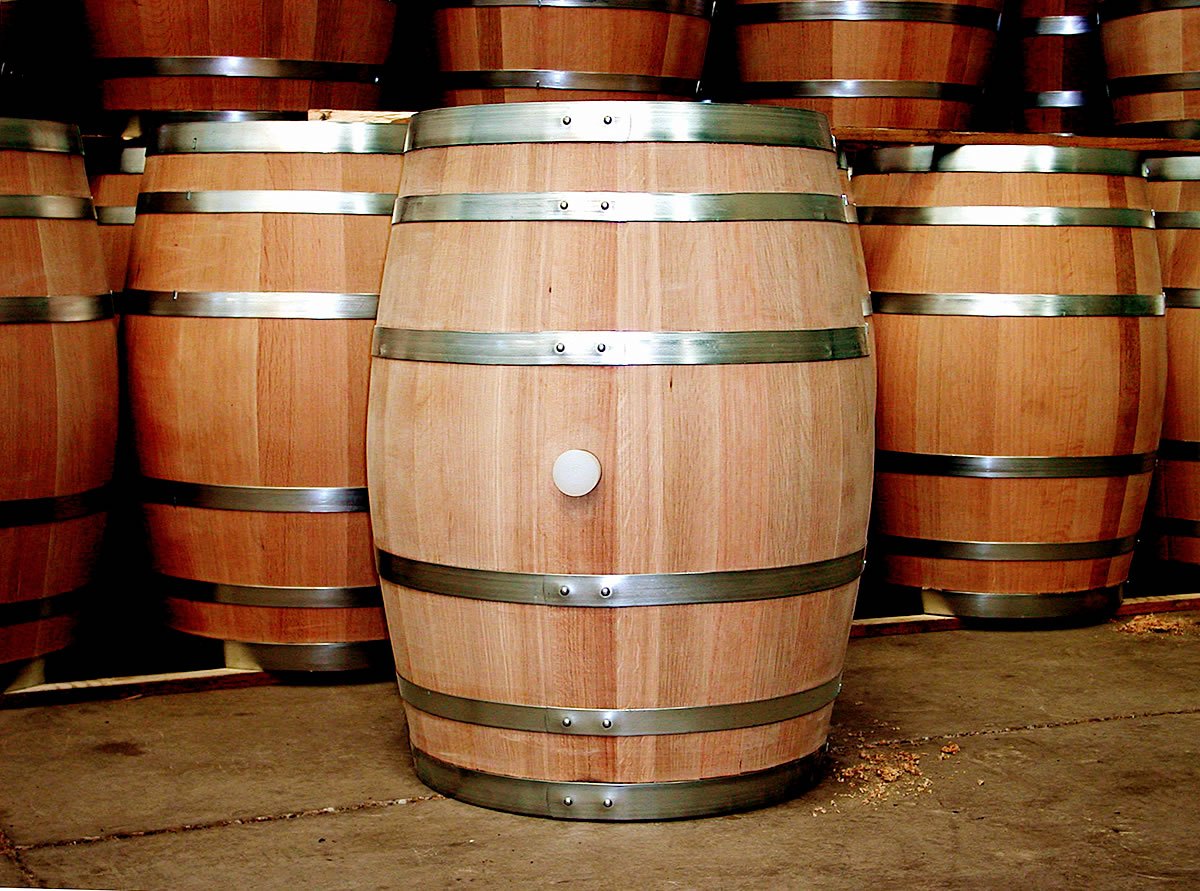Oak barrels have been shaping wine character for centuries, transforming simple grape juice into the complex, nuanced wines we cherish today. While originally used for storage and transportation before glass bottles became common in the 15th century, oak barrels have evolved into an essential winemaking tool that dramatically influences flavor, aroma, and texture. The relationship between oak and wine is far more sophisticated than mere storage – it’s a carefully orchestrated dance of chemistry, time, and craftsmanship. Modern winemakers rely on oak barrels not just as containers, but as active participants in the winemaking process, contributing unique characteristics that cannot be replicated through any other method. Understanding how oak barrels influence wine flavor reveals the artistry behind every bottle and explains why barrel-aged wines command premium prices in the market.
The Science Behind Oak’s Impact on Wine
Oak barrels affect wine through three primary mechanisms that work together to create complexity and depth. Flavor compound infusion occurs as natural compounds like vanillin, lactones, and lignin slowly leach from the wood into the wine, contributing notes of vanilla, coconut, spice, and smoke. Micro-oxygenation happens through the barrel’s porous structure, allowing controlled oxygen exposure that softens tannins and creates smoother, more balanced wines. Finally, oak barrels provide the ideal environment for malolactic fermentation, a metabolic process that gives wines their characteristic creamy texture and fuller mouthfeel.
The wood itself contains a treasure trove of flavor compounds that transform during the barrel-making process. When oak staves are toasted, complex chemical reactions create new aromatic compounds that will later influence the wine. The degree of toasting – light, medium, or heavy – determines which flavors will dominate, from subtle vanilla notes to bold caramel and coffee characteristics.
French vs. American Oak: A Tale of Two Flavors

The origin of oak significantly impacts wine character, with French and American oak offering distinctly different flavor profiles. French oak, primarily sourced from forests like Vosges and Tronçais, comes from slow-growing trees that produce tight-grained wood. This creates barrels that impart subtle, elegant flavors – cedar, spice, and earth notes that complement rather than overpower the wine’s natural fruit character. French oak requires splitting rather than sawing, making it more expensive but prized for its refined influence.
American oak, predominantly Quercus alba from states like Pennsylvania and Virginia, grows faster and produces looser-grained wood. This results in bold, immediate flavors with pronounced vanilla and coconut notes due to higher levels of lactones and vanillin. American oak barrels are more affordable and impart a creamy texture with plush mouthfeel, making them ideal for structured wines like Cabernet Sauvignon.
Timing and Technique: Maximizing Oak’s Influence
The duration of oak aging varies significantly depending on wine style and desired characteristics. Most wines spend 6 to 18 months in oak barrels, with specific varieties requiring different timeframes – Chardonnay typically ages for 13 months while Pinot Noir needs about 10 months. The barrel’s age also matters, as new barrels impart the strongest flavors, while older barrels provide more subtle influences.
Barrel size plays a crucial role in flavor development. Smaller barrels expose more wine surface to oak, intensifying the wood’s influence, while larger barrels create more restrained effects. Traditional 225-liter barrels strike the optimal balance between flavor extraction and wine volume.
Oak barrel aging represents one of winemaking’s most sophisticated techniques, transforming simple grape juice into complex, age-worthy wines through natural processes that have been refined over centuries. Understanding these influences helps wine enthusiasts appreciate the craftsmanship in every bottle.


